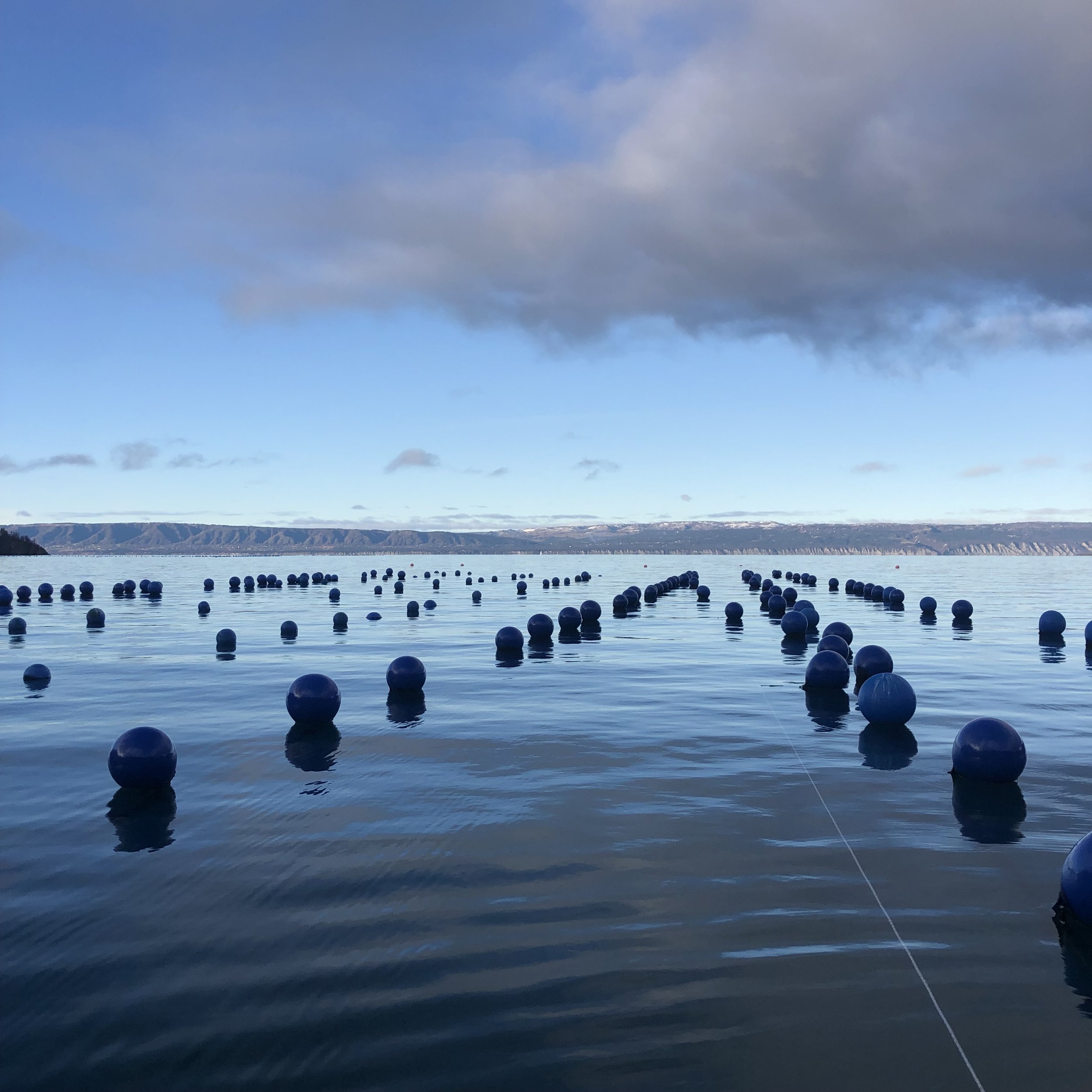Seaweed mariculture
Northern waters are typically cold, clean, and rich in oxygen and nutrients. The vast protected bays and coves across the North provide abundant opportunities for seaweed farming. In Alaska, seaweed mariculture is gathering momentum.
Kelp can grow 2 feet a day, making it one of the fastest growing organisms on the planet. Growing 30 times faster than trees, kelp is highly efficient at drawing in carbon from the atmosphere while oxygenating and reducing the acidity of surrounding ocean water. This contributes to a healthy marine ecosystem and helps protect fish stocks.
Investing in and growing a seaweed aquaculture industry in the North has additional benefits, including creating sustainable jobs and fostering economic development in coastal communities.
Kelp and other seaweed has a huge variety of possible uses - including nourishing food for people, methane-reducing livestock feed, bio-plastics, bio-fuels, and pharmaceuticals. In some areas, people are experimenting with and examining the impacts of growing and sinking kelp solely for carbon sequestration.
The nascent seaweed mariculture industry in Alaska has great promise - and key links in the supply and product chain need to be addressed simultaneously to enable expansion.


